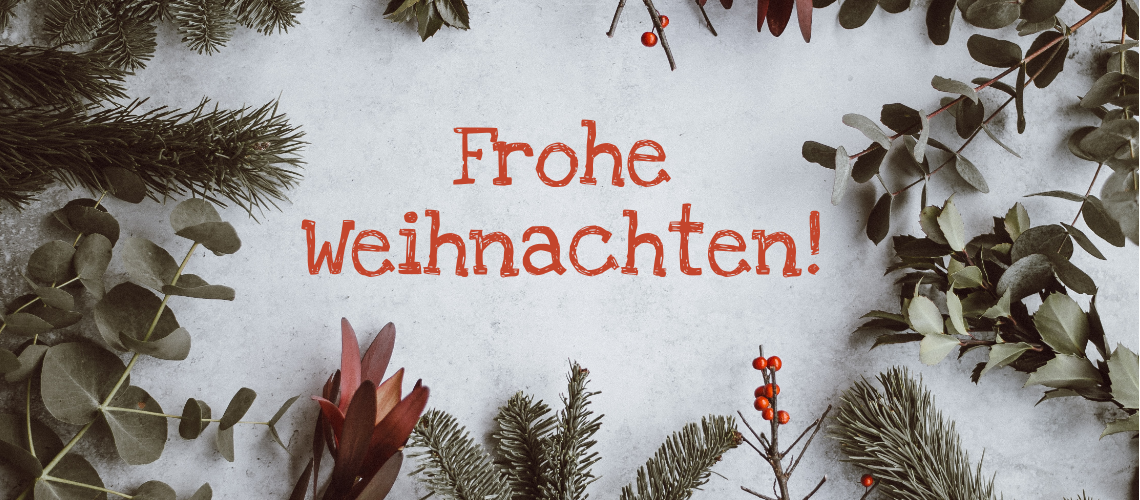
German Christmas Customs
Christmas is the most important holiday of the year in Germany. There are many customs associated with this special time that create a very special atmosphere. Today, we present you the most important ones.
"Der Adventskalender" (the Advent calendar)
An Advent calendar is a way for children to shorten the time until Christmas Eve. Between the first and the 24 of December, one door of the Advent calendar is opened every day.
The idea came from an entrepreneur in Munich who, in 1903, printed the first Advent calendar with 24 squares on which children could stick colorful pictures. Decades later, the calendar was given doors with chocolate behind them.
Nowadays, there are Advent calendars filled with all sorts of things, not only candy. If you want to make an extra effort, make the calendar yourself and fill it individually with little things to give family or friends a special treat.
"Der Adventskranz" (the Advent wreath)
The Advent wreath is a table decoration made of spruce branches and has four candles. Originally, it consisted of 24 candles and was made of wood. It was not until 1900 that the wreath, now with only four candles, spread throughout Germany.
The four candles are lit one after the other during Advent: one candle is lit on the first Sunday of Advent, the second on the second, and so on.
"Der Weihnachtsbaum" (the Christmas tree)
This Christmas custom originated in the Rhineland around the year 1800. At that time, the first so-called “Lichterbäume” stood in the living rooms and were decorated with apples and colored paper.
Nowadays, the Christmas tree is decorated with baubles, lights and Christmas decorations. The custom has spread from Germany all over the world.
"Die Weihnachtsplätzchen" (the Christmas cookies)
If you want to get in the mood for Christmas, you are bound to turn your kitchen into a Christmas bakery. Baking cookies like “Zimtsterne” and gingerbread houses is one of the classic Christmas traditions for many German people.
Already in the Middle Ages, cookies were a winter food for poor people. Cookies were given to the poor by the monasteries to give them at least a little Christmas joy.
"Der Weihnachtsmarkt" (the Christmas market)
Most Christmas markets start around the first of Advent and stay open until Christmas Eve. Even in the late Middle Ages, people crowded around Christmas markets during the pre-Christmas period. At that time, it was all about stocking up on food for the cold season. Later, craftsmen, toy makers and confectioners were also allowed to offer their goods.
Nowadays, you can find everything you need during the Christmas season at the Christmas market: Christmas decorations, gift items, sweet and savory treats, mulled wine and punch for children and much more.